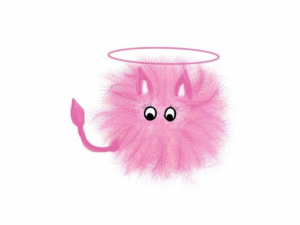Visual Snow Syndrome: Symptoms, Causes, and Treatment – Healthline
Share on PinterestAlexander Spatari (street), bunhill/Getty Images (static); Design by Erica Singleton
Visual snow syndrome is a recently discovered neurological disorder that received its name in 2013.
It’s characterized by flickering dots across your entire field of vision. These dots resemble “snow” or static — the pattern on the screen of an analog television when it’s not set to a channel.
Researchers knew very little about visual snow syndrome until the late 2010s. …….

Share on PinterestAlexander Spatari (street), bunhill/Getty Images (static); Design by Erica Singleton
Visual snow syndrome is a recently discovered neurological disorder that received its name in 2013.
It’s characterized by flickering dots across your entire field of vision. These dots resemble “snow” or static — the pattern on the screen of an analog television when it’s not set to a channel.
Researchers knew very little about visual snow syndrome until the late 2010s. It’s still not clear how common it is or what causes it. Brain imaging studies have suggested that it may be related to problems with one or more parts of the brain.
Some researchers think that visual snow might go unnoticed in many cases because the brain edits it out. For some people, visual snow can be debilitating and seriously affect their quality of life.
Read on to learn more about visual snow syndrome, including symptoms, causes, and treatment options.
The main symptom of visual snow syndrome is visual snow, the persistent flickering of dots across your entire visual field, resembling television static. Visual snow is usually black and white but can be:
- colored
- flashing
- transparent
Up to 75% of people with visual snow syndrome also report at least three of the following symptoms:
- palinopsia, or seeing an after-image of objects after they’re gone
- light sensitivity
- impaired night vision
- enhanced entoptic phenomena, or visual changes originating from within the eye that might cause:
- blue field entoptic phenomenon, seeing squiggly lines when looking into bright blue areas like the sky
- self-light of the eye, colored waves or clouds when eyes are closed in a dark space
- spontaneous photopsia, bright flashes of light
The cause of visual snow syndrome is still largely unknown. Experts think it may be a neurological disorder of the brain’s visual processing center.
In particular, dysfunction and excessive activity of neurons in two parts of the brain may play a role:
- the primary visual cortex, which processes visual information
- the lingual gyrus, which plays a role in editing visual information for your brain to interpret
The exact area of brain involvement might vary slightly between people. This may also explain why people experience different symptoms.
…….
Source: https://www.healthline.com/health/visual-snow-syndrome







